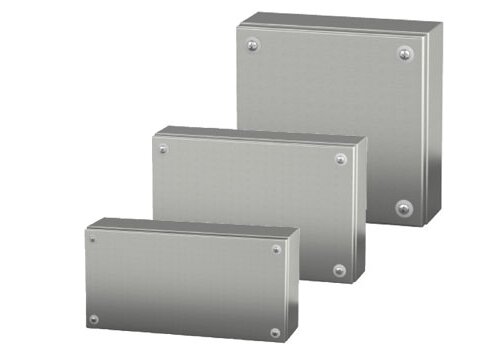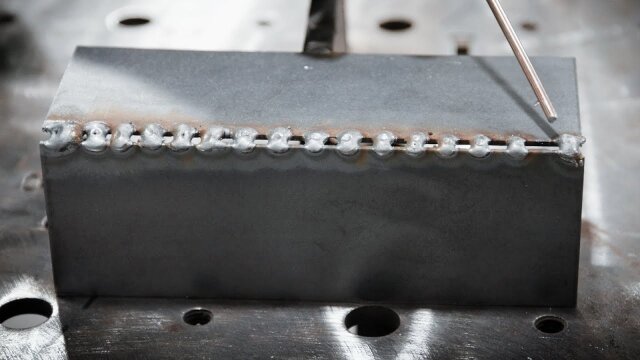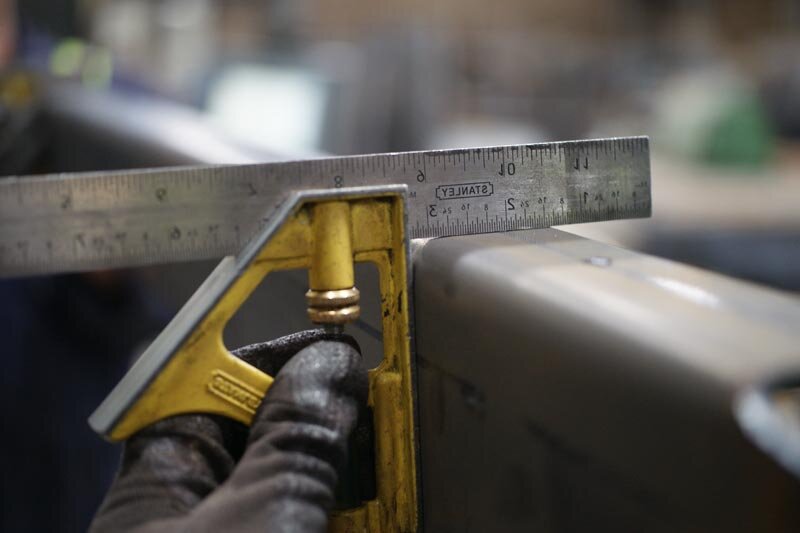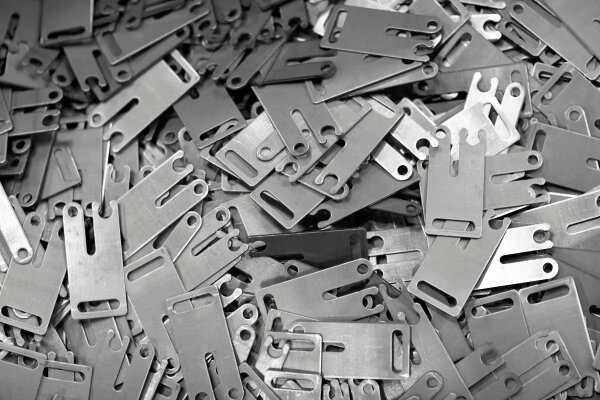Le perçage de trous profonds est un processus d'usinage spécialisé qui permet de créer des trous ayant un rapport profondeur/diamètre élevé. Les ingénieurs et les fabricants sont souvent confrontés à des difficultés lorsqu'ils travaillent avec des trous profonds, comme le maintien de la précision et la gestion de la chaleur. Ce guide vous aidera à comprendre les bases et les applications du perçage de trous profonds.
Permettez-moi de vous présenter les principaux détails concernant les méthodes, les outils et les meilleures pratiques en matière de perçage de trous profonds. Ces connaissances vous aideront à choisir la bonne approche pour vos besoins de fabrication.
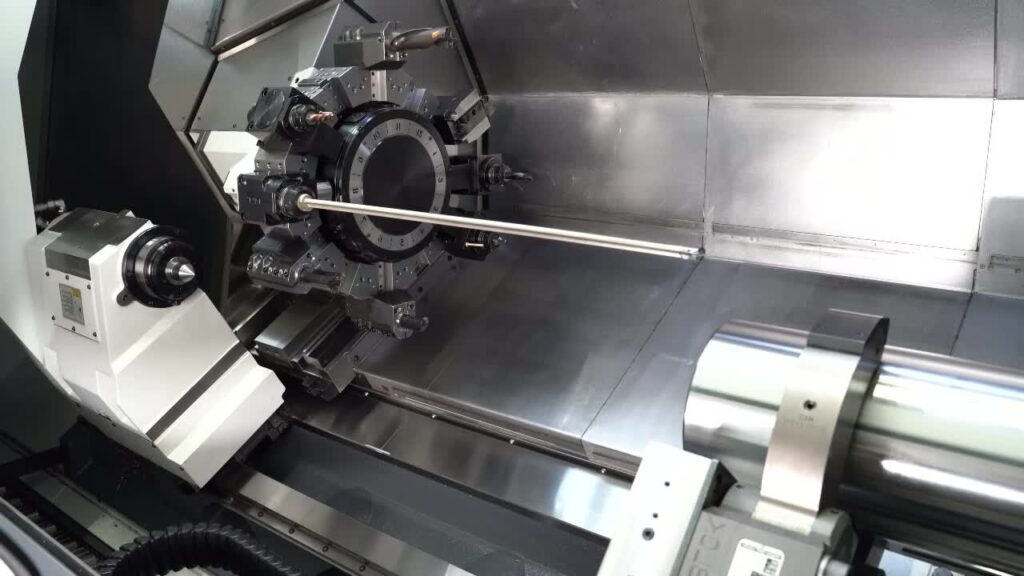
Qu'est-ce que le forage profond ?
Le forage de trous profonds est une méthode permettant de créer des trous beaucoup plus profonds que leur diamètre. En général, la profondeur du trou est au moins dix fois supérieure à son diamètre. Ce procédé fonctionne sur différents matériaux, de l'aluminium mou aux superalliages résistants, ce qui le rend adapté à de nombreuses industries.
La technique est née de la nécessité de forer des canons de haute précision. Dans ce cas, le rapport profondeur/diamètre pouvait atteindre 20:1. Aujourd'hui, le perçage de trous profonds est utilisé dans les secteurs de l'aérospatiale, de l'automobile et de la fabrication de moules pour créer des trous précis et profonds pour des pièces nécessitant résistance et précision.
Types de techniques de forage de trous profonds
Plusieurs méthodes sont utilisées pour le forage de trous profonds. Chaque méthode a ses avantages et convient à des tâches différentes. Nous examinons ci-dessous quelques-unes des techniques les plus courantes.
Perçage du canon
Le perçage au pistolet est une méthode populaire pour créer des trous profonds et droits. Elle utilise un seul foret qui tourne rapidement tandis que le liquide de refroidissement circule au centre, ce qui permet d'éliminer les copeaux et de maintenir le foret au frais. Le perçage au pistolet est réputé pour sa précision et sa finition lisse.
BTA Drilling
Le forage BTA utilise un système à double tube. Le liquide de refroidissement circule dans le tube intérieur, tandis que les copeaux sont évacués par le tube extérieur. Cette méthode est excellente pour percer des trous plus grands et plus profonds avec une grande précision.
Forage à éjecteur
Le perçage à éjecteur fonctionne de la même manière que le perçage BTA, mais avec une particularité. Il utilise un éjecteur interne pour pousser les copeaux hors du trou. Cette méthode convient pour percer des trous profonds dans des matériaux durs.
Perçage par plaquette indexable
Le forage à plaquettes indexables utilise des plaquettes de coupe remplaçables sur le trépan. Lorsque les plaquettes s'usent, elles peuvent être remplacées. Cette méthode est donc rentable pour le forage de grands volumes. Elle est idéale pour percer des trous profonds dans différents matériaux.
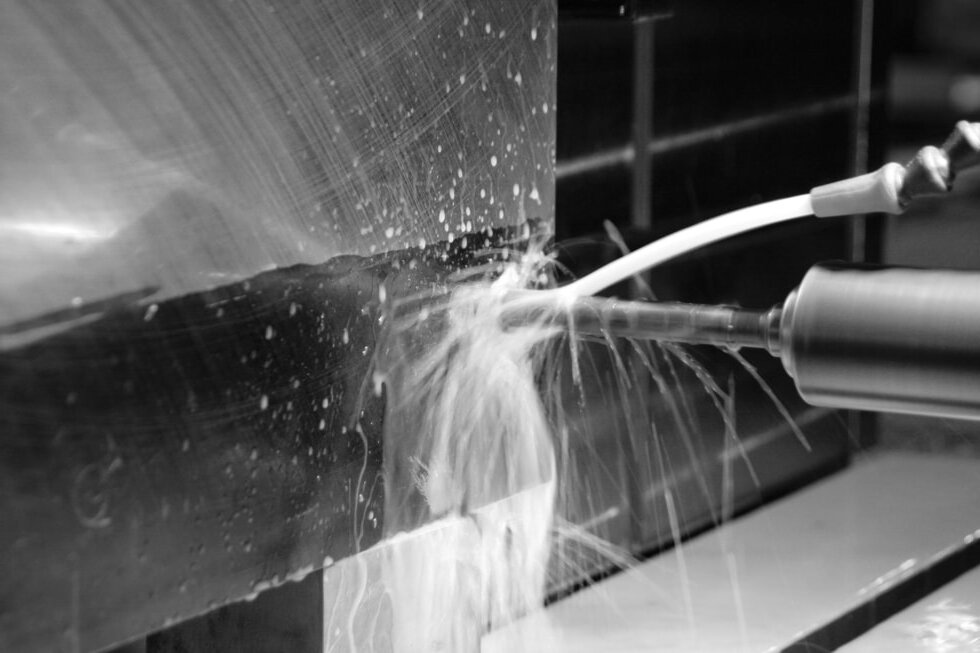
Avantages du forage en profondeur
Le forage de trous profonds offre plusieurs avantages significatifs, ce qui en fait une méthode privilégiée dans de nombreuses industries. Voici quelques-uns des principaux avantages de cette technique.
Haute précision et tolérance
Le forage de trous profonds est connu pour sa grande précision. Il permet de créer des trous droits et profonds avec des tolérances serrées. Il garantit que les trous répondent à des spécifications strictes, réduisant ainsi le risque d'erreurs.
Taux d'enlèvement de matière amélioré
L'un des principaux avantages du perçage profond est son taux d'enlèvement de matière rapide. Cette méthode permet une coupe plus rapide que le perçage traditionnel. Avec les outils et le liquide de refroidissement appropriés, elle permet un enlèvement de matière efficace.
Capacité de forage de longs trous
Le forage de trous profonds est conçu pour créer des trous longs et étroits. Il permet de percer des trous plusieurs fois plus profonds que leur diamètre, ce qui est difficile avec les méthodes de forage habituelles. Cette technique garantit que les trous conservent un diamètre constant, même dans des matériaux difficiles.
Industries qui utilisent le forage de trous profonds
Le forage de trous profonds est utilisé dans de nombreuses industries qui exigent précision et haute performance. Voici quelques secteurs clés qui font appel à cette technique.
Aérospatiale et défense
Dans les secteurs de l'aérospatiale et de la défense, le perçage profond permet de produire des pièces telles que des injecteurs de carburant, des composants de moteur et des canons de fusil. Cela permet de s'assurer que les pièces fonctionnent comme prévu et répondent aux normes de sécurité.
Automobile
L'industrie automobile utilise le perçage de trous profonds pour des pièces telles que les composants du moteur, les systèmes d'alimentation en carburant et les transmissions. Cette méthode permet de créer des trous précis dans des pièces qui doivent supporter des pressions et des contraintes élevées.
Pétrole et gaz
Dans l'industrie du pétrole et du gaz, le forage de trous profonds est essentiel pour forer des puits profonds et travailler avec des matériaux rigides. Il est utilisé pour le forage des puits de pétrole et la réalisation de trous pour les vannes et les pompes.
Fabrication de matériel médical
Le perçage de trous profonds est également important dans l'industrie des équipements médicaux. Il est utilisé pour fabriquer des composants tels que des seringues, des implants et d'autres dispositifs, qui ont souvent besoin de trous profonds et précis pour fonctionner correctement.
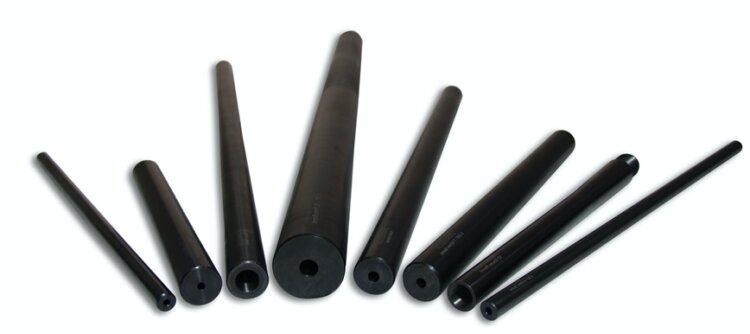
Considérations relatives aux outils et à l'équipement pour le forage de trous profonds
Il est essentiel de sélectionner les bons outils et équipements pour atteindre la précision et l'efficacité lors du forage de trous profonds. Voici quelques facteurs clés à prendre en compte.
Choisir le bon foret
Le trépan doit être solide et conçu pour manipuler le matériau foré. Des facteurs tels que la profondeur du trou, son diamètre et le type de matériau ont une incidence sur le choix du foret. Un foret spécialisé, tel qu'un foret à canon ou un foret BTA, est souvent nécessaire pour les trous profonds et étroits.
Importance des liquides de refroidissement
Les liquides de refroidissement jouent un rôle essentiel dans le forage de trous profonds. Ils permettent de maintenir le foret au frais, l'empêchant ainsi de surchauffer et de s'user trop rapidement. Les liquides de refroidissement éliminent également les copeaux du trou, ce qui contribue à maintenir la précision.
Utiliser un équipement de qualité
Un équipement de haute qualité est essentiel pour obtenir les meilleurs résultats en matière de forage profond. Un équipement de qualité garantit l'efficacité du processus de forage, l'allongement de la durée de vie de l'outil et la conformité du produit final aux normes requises.
Défis courants dans le forage de trous profonds
Le forage profond présente de nombreux avantages, mais aussi son lot de difficultés. Voici quelques problèmes courants qui peuvent survenir au cours du processus.
Usure et défaillance des outils
L'usure de l'outil est un défi important dans le forage de trous profonds. Le forage dans des matériaux résistants peut entraîner l'usure rapide du trépan, et les vitesses élevées et la chaleur dégagée par le processus ne font qu'aggraver la situation. Il est essentiel d'utiliser des trépans de haute qualité et un refroidissement adéquat pour éviter toute défaillance de l'outil.
Maintenir la précision sur de longues distances
Plus le trou est profond, plus il est difficile de maintenir la précision. Plus le trou est long, plus il est difficile d'aligner le foret. Il est essentiel d'utiliser un équipement de forage avancé et de maintenir des conditions stables pour que le trou reste droit et cohérent.
Assurer la stabilité de la pièce
Un autre défi consiste à maintenir la pièce stable. Si la pièce se déplace pendant le perçage, le trou risque d'être imprécis. Pour éviter cela, il faut s'assurer que la pièce est solidement placée à l'aide de serre-joints et d'outils de fixation appropriés. fixation.
Forage profond et méthodes de forage traditionnelles
Forage en profondeur et forage traditionnel Les méthodes de forage profond présentent des différences essentielles. Comparons la vitesse, la précision et le coût et voyons quand choisir le forage profond plutôt que d'autres méthodes.
Comparaison de la vitesse, de la précision et du coût
Vitesse: Le forage de trous profonds peut être plus rapide que les méthodes traditionnelles lorsqu'il s'agit de percer des trous profonds et étroits. Le processus est conçu pour enlever le matériau de manière efficace. Toutefois, le forage traditionnel peut être plus rapide pour les trous peu profonds ou les projets plus petits.
Précision : Le forage de trous profonds est connu pour sa précision. Il permet de créer des trous profonds et rectilignes avec des tolérances serrées. Les méthodes traditionnelles peuvent donner de bons résultats pour les trous peu profonds, mais elles peuvent avoir du mal à maintenir la précision sur de longues distances.
Coût: Le forage de trous profonds est généralement plus coûteux. Il nécessite des outils et des équipements spéciaux. Toutefois, le prix en vaut la peine lorsqu'une grande précision est nécessaire. Les méthodes de forage traditionnelles sont généralement moins coûteuses, mais n'offrent pas la même précision pour les trous profonds.
Quand choisir le forage de trous profonds plutôt que d'autres méthodes ?
Le perçage de trous profonds est le meilleur choix pour réaliser des trous profonds et étroits avec une grande précision. Il est idéal pour les industries telles que l'aérospatiale, l'automobile et les équipements médicaux. Le perçage de trous profonds donnera les meilleurs résultats si le trou est beaucoup plus profond que son diamètre.
Conclusion
Le forage de trous profonds est une technique spécialisée qui offre précision et efficacité pour créer des trous longs et étroits dans divers matériaux. Elle est particulièrement utile dans des secteurs tels que l'aérospatiale, l'automobile, le pétrole et le gaz, et la fabrication d'équipements médicaux. Comprendre les différents types de méthodes de perçage de trous profonds peut vous aider à choisir la technique la mieux adaptée à vos besoins.
Si vous recherchez des solutions de forage profond de précision ou si vous avez besoin de conseils sur le choix de la bonne technique pour votre projet, n'hésitez pas à nous contacter. Notre équipe expérimentée est là pour vous aider à faire le meilleur choix pour vos besoins de fabrication.
FAQ
Quelle est la profondeur maximale réalisable lors d'un forage profond ?
La profondeur maximale dépend du matériau et de la méthode de forage. En général, le forage de trous profonds permet d'atteindre des profondeurs allant jusqu'à 300 fois le diamètre du trou, mais cela varie en fonction de la technique et de la capacité de la machine.
Quel type de foreuse est utilisé pour les trous profonds ?
Les forets à canon, les forets BTA et les forets à éjecteur sont les forets pour trous profonds les plus courants. Chacun d'entre eux est conçu pour une grande précision et un enlèvement de matière efficace dans des trous profonds et étroits.
Quel est le ratio standard pour les forages profonds ?
Le rapport standard entre la profondeur et le diamètre pour le forage profond est généralement de 10:1 ou plus. Pour certaines applications spécialisées, ce rapport peut atteindre 20:1 ou plus.
Hey, je suis Kevin Lee

Au cours des dix dernières années, j'ai été immergé dans diverses formes de fabrication de tôles, partageant ici des idées intéressantes tirées de mes expériences dans divers ateliers.
Prendre contact

Kevin Lee
J'ai plus de dix ans d'expérience professionnelle dans la fabrication de tôles, avec une spécialisation dans la découpe au laser, le pliage, le soudage et les techniques de traitement de surface. En tant que directeur technique chez Shengen, je m'engage à résoudre des problèmes de fabrication complexes et à favoriser l'innovation et la qualité dans chaque projet.

